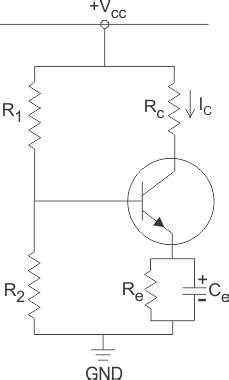
ALL ABOUT FLEX PCB
-
BJT Biasing: Everything You Need to Know
Posted by
–
 Read more: BJT Biasing: Everything You Need to Know
Read more: BJT Biasing: Everything You Need to KnowIntroduction to BJT Biasing Bipolar Junction Transistors (BJTs) are essential components in electronic circuits, playing a crucial role in amplification and switching applications. To ensure proper operation and optimal performance of BJTs, it is necessary to understand the concept of biasing. BJT biasing involves setting the operating point of the […]
-
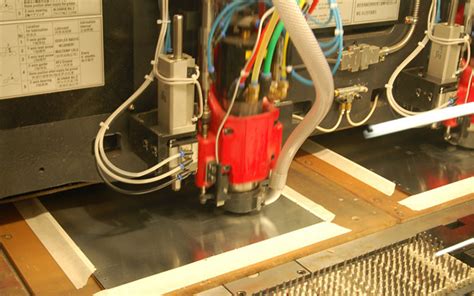 Read more: PCB Drilling: Definition, Types, and How It Works
Read more: PCB Drilling: Definition, Types, and How It WorksWhat is PCB Drilling? PCB drilling is the process of creating holes in a printed circuit board to accommodate electronic components and establish electrical connections between layers. These holes, also known as vias, serve as conduits for electrical signals to travel through the board, enabling the functioning of the electronic […]
-
2N5088 Transistor- When and How to Use It
Posted by
–
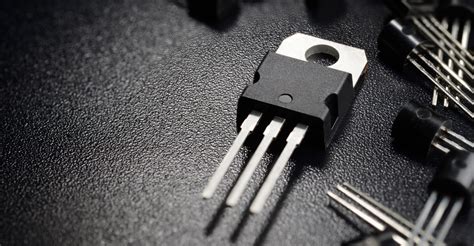 Read more: 2N5088 Transistor- When and How to Use It
Read more: 2N5088 Transistor- When and How to Use ItIntroduction to the 2N5088 Transistor The 2N5088 is a general-purpose NPN bipolar junction transistor (BJT) that is widely used in electronic circuits for amplification and switching applications. This transistor is known for its high current gain, low noise, and excellent high-frequency performance. In this article, we will explore the characteristics, […]
-
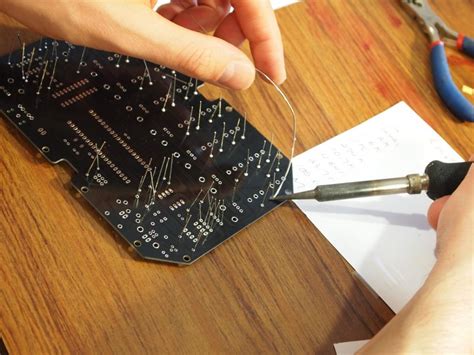 Read more: PCB Soldering-The Ultimate Guide to PCB Soldering
Read more: PCB Soldering-The Ultimate Guide to PCB SolderingWhat is PCB Soldering? PCB soldering is the process of joining electronic components to a printed circuit board (PCB) using a molten metal alloy called solder. The solder creates a strong electrical and mechanical bond between the component leads and the PCB’s copper pads, ensuring a reliable connection. Types of […]
-
How to Solder a Printed Circuit Board
Posted by
–
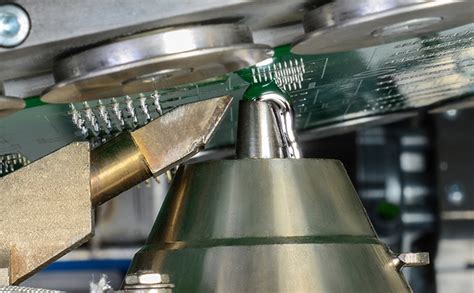 Read more: How to Solder a Printed Circuit Board
Read more: How to Solder a Printed Circuit BoardWhat is PCB Soldering? PCB soldering is the process of joining electronic components to a printed circuit board using a low-temperature molten metal alloy called solder. The solder forms a strong electrical and mechanical bond between the component leads and the copper pads on the PCB. Soldering allows for the […]
-
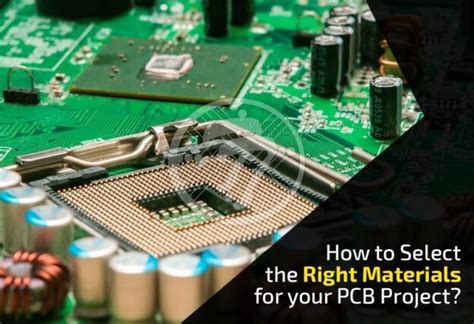 Read more: How to choose the right PCB material in your electronic project
Read more: How to choose the right PCB material in your electronic projectIntroduction to PCB materials When it comes to designing and manufacturing electronic devices, one of the most critical components is the Printed Circuit Board (PCB). PCBs serve as the backbone of electronic devices, providing a platform for interconnecting electronic components and ensuring reliable performance. Choosing the right PCB material is […]
-
 Read more: Electrical Engineering-Top 50 Resources for Electrical Engineers
Read more: Electrical Engineering-Top 50 Resources for Electrical EngineersWebsites and Online Communities All About Circuits: A comprehensive website featuring tutorials, articles, and forums covering various aspects of electrical engineering. IEEE Xplore Digital Library: A vast collection of technical literature, including journals, conference proceedings, and standards, published by the Institute of Electrical and Electronics Engineers (IEEE). EEVblog: A popular […]
-
FR4 material with not too yellow for PCBs
Posted by
–
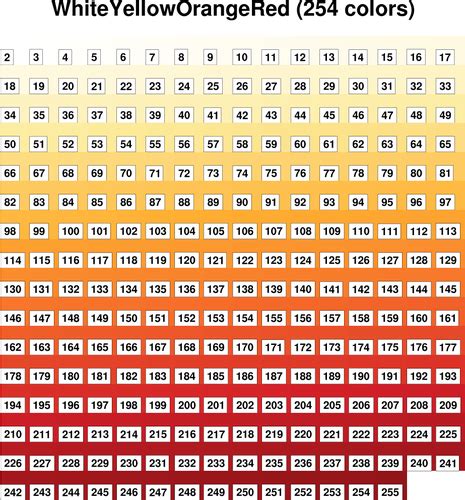 Read more: FR4 material with not too yellow for PCBs
Read more: FR4 material with not too yellow for PCBsWhat is FR4 Material and Why is Yellowness a Concern? FR4 (Flame Retardant 4) is a commonly used material for printed circuit boards (PCBs) due to its excellent mechanical, electrical, and thermal properties. It is a composite material made of woven fiberglass cloth impregnated with an epoxy resin binder. FR4 […]
-
Simple Siren: Circuit and Working Principle
Posted by
–
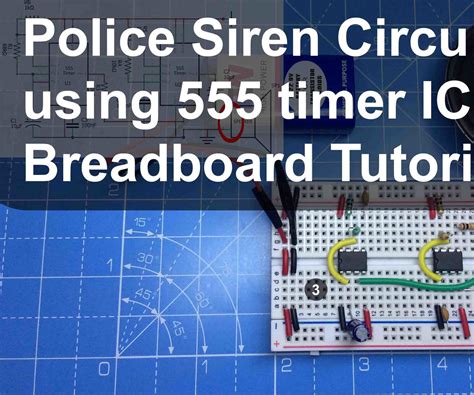 Read more: Simple Siren: Circuit and Working Principle
Read more: Simple Siren: Circuit and Working PrincipleIntroduction to Sirens Sirens are a type of audible warning device that produces a loud, attention-grabbing sound to alert people in various situations, such as emergencies, alarms, or public announcements. They are widely used in emergency vehicles, industrial facilities, and public spaces to signal potential dangers or convey important information. […]
-
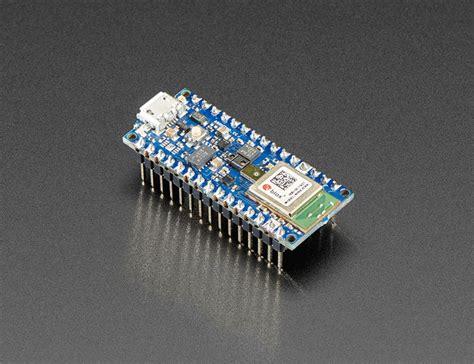 Read more: Ble Nano: IoT Projects With Arduino BLE Nano Development Board
Read more: Ble Nano: IoT Projects With Arduino BLE Nano Development BoardIntroduction to IoT and BLE Nano The Internet of Things (IoT) has revolutionized the way we interact with everyday devices. By connecting various objects to the internet, IoT enables seamless communication and data exchange between devices, creating a smart and interconnected ecosystem. One of the key technologies driving the growth […]




